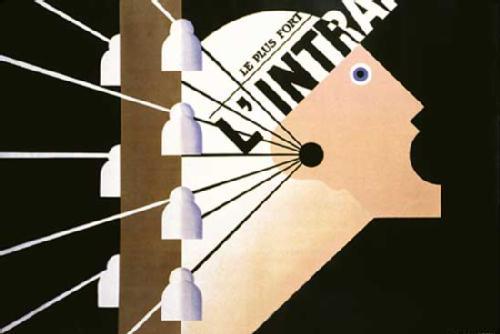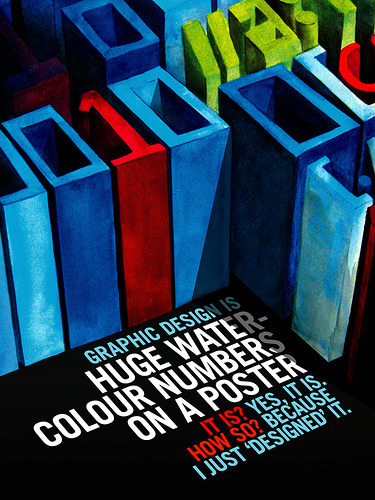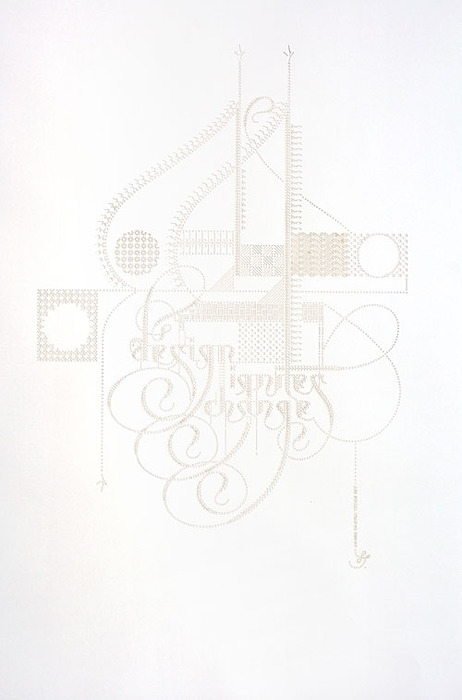The Value of Design
[one_third]
This idea for this article came about from my final year thesis of Undergrad. It was then condensed and written in this blog format at Pivot Design Group — a Toronto-based user experience and communication design firm.
[/one_third]
[two_third_last]
A large Canadian institution retained us to design a new channel, which would serve as an umbrella for a series of smaller sub-applications. Our research indicated that a vibrant, multi-colored palette would allow their customers to relate to the institution on a more personal level, thus encouraging a stronger brand relationship with the institution. When we presented the concept to our key contacts at the organization, they loved the proposal. The financial institution’s branding committee, however, was dubious because we had strayed from the established corporate colour scheme. Even though we had presented an evidence-based case to demonstrate how our design innovation would benefit the business, they remained tied to the institution’s arguably over-standardized brand book.
In such cases, how do we, as designers, set aside our feelings and opinions and demonstrate the broad value of design?
The challenge lies in communicating to clients that design is about much more than aesthetic hunches. It is a process steeped in research, analysis and experience. Here are four fundamental principles that inform a designers approach.

Design is in the subtleties
Design can be big and bold, but attention to detail is what makes a project come alive. Angles, type and colour are the obvious features. As important are more subtle elements such as paper choice, grid structure and negative space. Talented designers must be constantly aware of the complex interplay between design principles. We also draw on historical and social referencesfor inspiration. The end result is more like a gourmet meal than short-order cooking.

Design thinking
Design thinking is how you manage your process. It’s how you attack a problem and combat it to completion. Though all design processes will cover the basics (research, design, implement) at some point you imprint your own personal design thinking into your process — the added value. This is where it becomes so important to articulate that thinking process, because without it all we have is aesthetics. Your design thinking is not only the way you approach and differentiate yourself from others but also the way you eat, sleep, and breathe your way through the project. It’s the way your clients, friends, and family will see the value in what you do.

Designers as storytellers
A good designer will read between the lines and articulate what the client cannot. We contour and refine the message. We compile, explore, filter, restore and and organize information. We make the complex accessible. And at the end of it all, there is a beautiful story where the message is concise, the visuals are clear and the overall design fits with the big picture. We create experiences through our storytelling. And it is this storytelling that ultimately resonates with our clients and their customers.

Designers as innovators
In some cases, design stimulates change. The design campaign imbues a product or a service with a distinctive voice. Yet strong design can also point the way towards further innovation and variety. Can you imagine if Henry Ford stopped designing after he built the Model T? Or if Steve Jobs had called it quits after the first generation iPod? Designers aim for that moment of true innovation where there is a perfect balance between the business brand and the new idea. Those ‘aha’ moments are intoxicating. They spur change and convert half-willing clients into design believers.
With our large client, we engaged their brand team in an analysis of our recommendations and arrived at a satisfactory compromise: by maintaining the corporate palette as the primary channel colors, we were able to incorporate the additional, more vibrant hues within the context of the sub-applications. In the end, the new look truly resonated with both the client and their customers, and we all learned something about finding ways to allow design innovation to flourish within the guides of an established brand.
[/two_third_last]